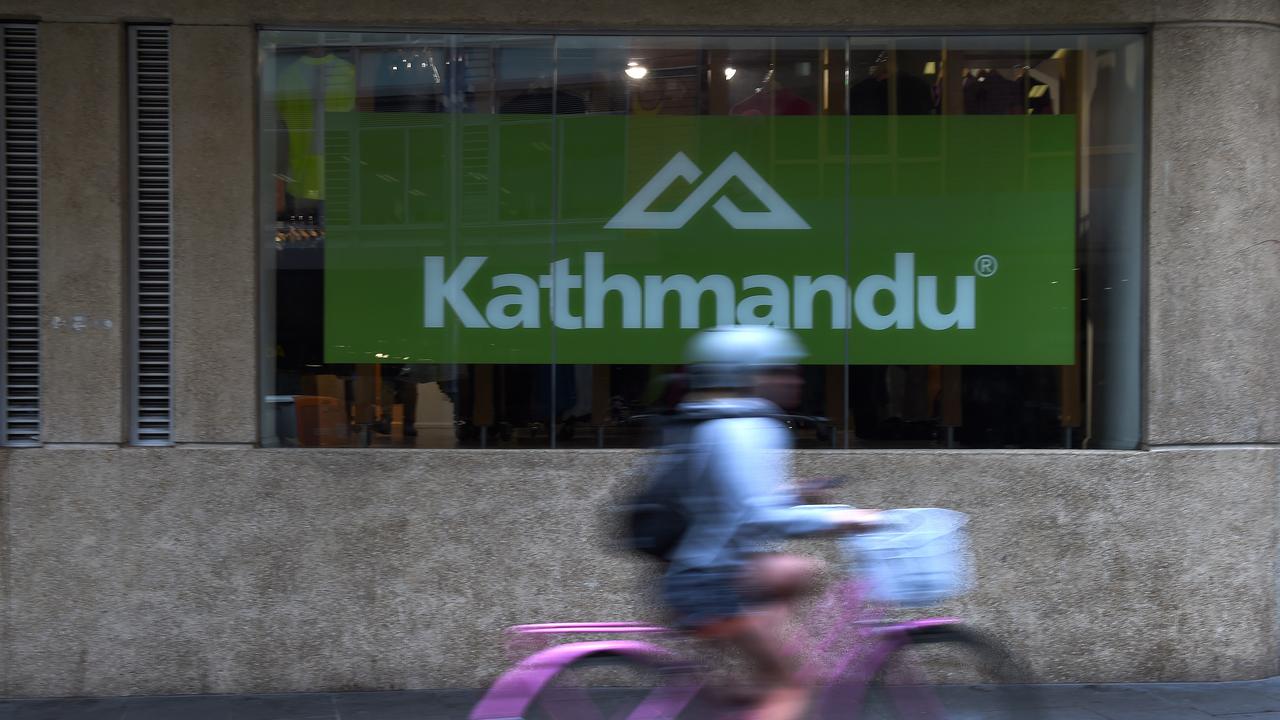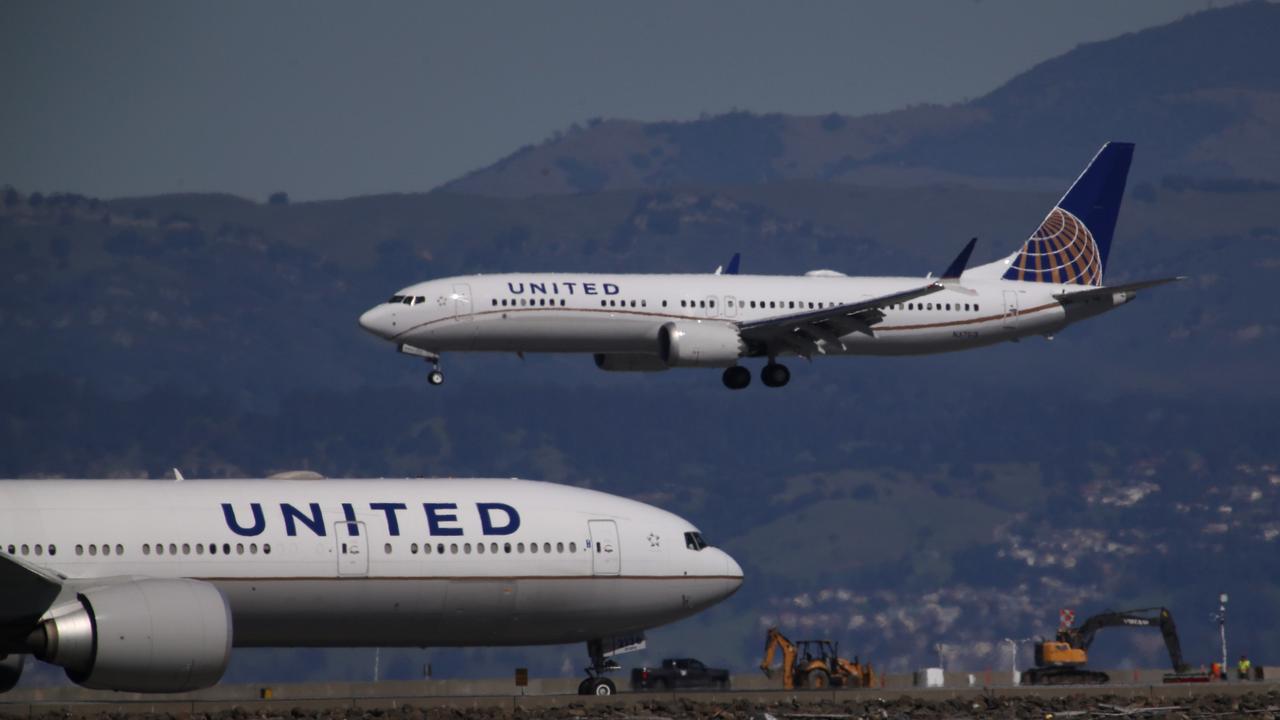Rio Tinto slumps to full-year loss
Miner ditches progressive dividend policy as plunging commodity prices continue to hurt.

Rio Tinto has swung to an annual net loss and ditched its progressive dividend policy, while flagging further cost cuts, as the impact of plunging commodities prices continues to impact the miner’s bottom line.
For the year to December 31, Rio posted a 51 per cent drop in underlying earnings, to $US4.54 billion, down from $US9.31bn in fiscal 2014. The result fell short of the $US4.66bn median of seven analyst forecasts compiled by The Wall Street Journal.
The miner swung to a statutory net loss of $US866 million, from $US6.53bn in 2014.
The result was weighed by a $1.8bn impairment mainly related to the Simandou iron ore project, as well as exchange rate and derivatives losses of $3.3bn.
Meanwhile, net cash generated from operating activities reversed by 34 per cent to $US9.38bn, from $US14.29bn in the previous year.
“The continued deterioration in the macro environment has generated widespread market uncertainty,” chief executive Sam Walsh said.
“We are embarking on a new round of proactive measures to cut our operating costs by a further $1 billion in 2016 followed by an additional goal of $1 billion in 2017.”
The miner will pay a full-year dividend of $US2.15, fully-franked, in line with the prior year. The payment will be made on April 7, with a record date of February 26.
“However, with the continuing uncertain market outlook, the board believes that maintaining the current progressive dividend policy would constrain the business and act against shareholders’ long-term interests,” Rio Tinto Chairman Jan du Plessis said.
It will now set a dividend at the end of each period, with the balance weighted towards the final dividend, taking into account its profit performance, the outlook for major commodities, and its balance sheet health.
For 2016, Rio has given guidance for a total full-year dividend not less than $US1.10 per share for 2016 only, equivalent to a total payout of $US2bn.
“The board is committed to maintaining an appropriate balance between cash returns to shareholders and investment in the business, with the intention of maximising shareholder value,” Rio said.
In the longer term, it expects total cash returns to shareholders in the range of an aggregate 40-60 per cent of underlying earnings through the cycle.
The move follows similar decisions to scrap progressive dividends from peers Glencore and Anglo American last year.
Meanwhile, Rio Tinto finished 2015 with a stronger balance sheet, reducing net debt to $US13.8bn, from $US14.5bn pro-forma in the previous year.
To date, it has stripped $US6.2bn pre-tax in total operating cash costs and exploration and evaluation expenditure, from its 2012 base.
It has flagged further operating cash cost improvements of $US1bn pre-tax in 2016, including exploration and evaluation savings, with an additional $US1bn cut expected in 2017.
Capex is now expected to total around $US4bn in 2016, down from a previous projection of $US5bn, before lifting to $US5bn in 2017, sharply lower than a previous target of $US7bn in that year.
It will continue to target a gearing ratio of 20-30 per cent through the cycle.
Meanwhile, the effect of plunging commodities prices in driving high-cost marginal supply from the market was “a slow process,” Rio said.
“Without a turnaround in demand it is difficult to see these supply withdrawals having strong positive price impacts in the short term.”
Despite expectations for moderately improved global growth in 2016, it warned on an abundance of lingering macroeconomic risks, signalled by financial and oil market volatility.
But the miner remained upbeat on longer-term commodity demand prospects. “We expect these will support a recovery from the current cyclical low phase,” it said.
Among the business branches, copper and coal was the hardest hit in the year, with underlying earnings dropping 67 per cent in the year to $US274 million. Iron ore earnings slumped 51 per cent to $US3.95bn, from $US8.1bn previously.
Meanwhile aluminium produced underlying earnings of $US1.12bn, a 10 per cent fall from the previous year, while diamonds and other minerals reversed by 30 per cent to $US189m.
Ratings agency Standard & Poor’s early this month placed Rio Tinto on negative credit watch, while maintaining its current ‘A-’ rating. The action was taken after S&P cut its price forecasts for commodities including iron ore and copper.
Rio Tinto revealed late last month it had missed its 2015 target for iron ore shipments — albeit by only 1 per cent — despite an 11 per cent increase over the year. The miner — the second largest iron ore producer globally — said then it was targeting a 4 per cent boost to shipments in 2016, despite a prolonged glut in the market.
In the production report, Rio also said it was targeting a 24 per cent lift in mined copper in 2016, following a 16 per cent decline in output in 2015. The miner is eyeing a steady output for hard coking coal in 2016, after it lifted production of the steel-making ingredient by 16 per cent in 2015, while its thermal coals levels are expected to be slightly down over the 12 months after holding steady last year.




To join the conversation, please log in. Don't have an account? Register
Join the conversation, you are commenting as Logout